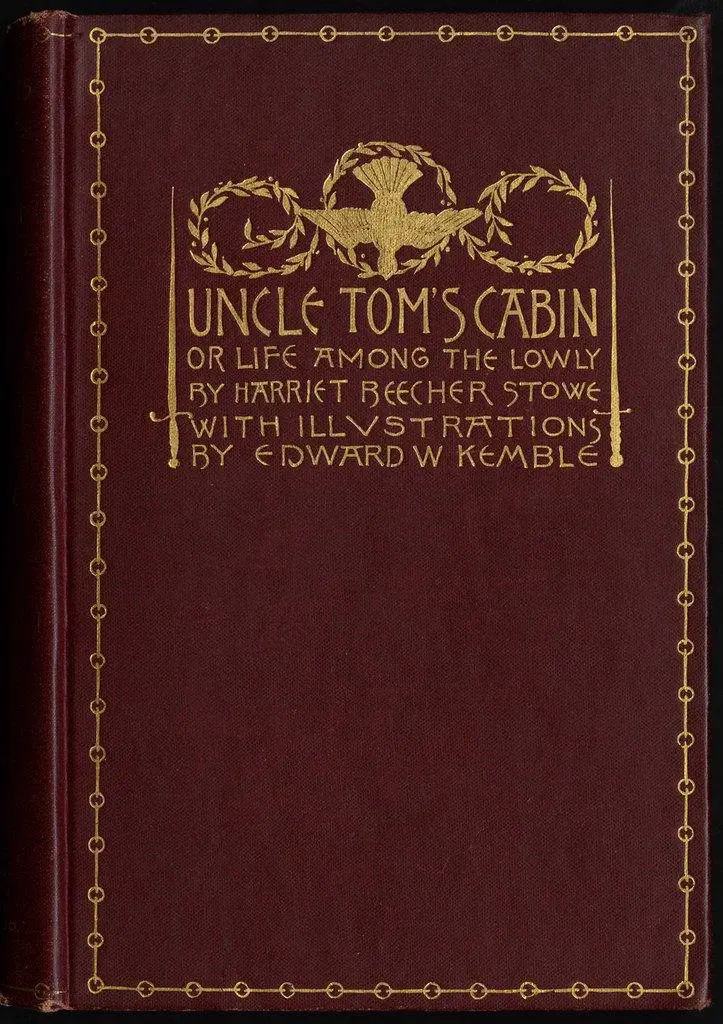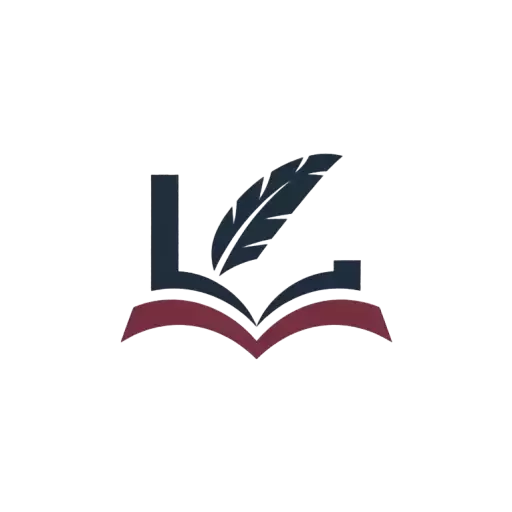Harriet Beecher Stowe’s seminal 1852 novel Uncle Tom’s Cabin was a force that changed history. Through the powerful story of slaves seeking freedom, it galvanized anti-slavery sentiments in pre-Civil War America. With its vivid emotional portrayals and themes of bravery and injustice, Uncle Tom’s Cabin became an international blockbuster that strengthened abolitionist causes.
Table of Contents
Plot Summary
In Kentucky, the slave Uncle Tom is sold away from his family to a more brutal master, Simon Legree. Eliza, a slave mother, escapes with her young son Harry across the icy Ohio River, narrowly avoiding slave hunters pursuing them with snarling dogs. Kindly Quakers take them in and provide food and rest before reuniting them with Eliza’s husband George, who had fled earlier, in Canada.
Meanwhile, the devoutly Christian Tom protects two vulnerable slave women from Legree’s cruel whip and sexual advances. Despite Legree’s repeated beatings, Tom refuses to betray fellow slaves who had escaped. His quiet dignity and inner strength transform the hearts of the other slaves.
Two more slaves soon arrive at Legree’s plantation seeking refuge: Cassy, who tragically lost her own young son years earlier, and beautiful Emmeline, who Legree salaciously pursues to be his wife. Together they secretly plan their escape towards freedom in Canada. Tragically, Tom finally succumbs to Legree’s savage assaults but forgives him with his dying breath. Legree is left utterly consumed by inner torment over Tom’s steadfast faith.
Word of Tom’s Christ-like sacrifice spreads, awakening many to the evils of slavery. Eliza and George establish a haven in Canada for other fugitives, working tirelessly to help escaping slaves find freedom. Their bravery honors Tom’s memory and brings hope amidst tragedy.
Themes and Analysis
Major themes in Uncle Tom’s Cabin include:
- Morality versus cruelty
- Power of Christian kindness and faith
- Evils of slavery and racism
- Strength of family bonds
- Corrupting influence of systemic oppression
- Triumph of justice over law
Stowe condemned slavery’s immorality through vivid emotional depictions of noble characters like Tom, Eliza and George. Her novel awakened the conscience of the nation.
Background and Harriet Beecher Stowe
Born in 1811, Harriet Beecher Stowe was an abolitionist writer. Her novel was partly inspired by the Fugitive Slave Act of 1850, which required authorities in free states to return escaped slaves.

Relevant context about the novel:
- Published first in serial form in an anti-slavery newspaper
- Full book in 1852 became a worldwide blockbuster
- Deeply controversial in pre-Civil War U.S. but boosted anti-slavery sentiments
- Stowe depicted slavery’s evils despite never visiting the South
- Inspired by her family’s role in the Underground Railroad
- Stowe became an international celebrity and influential author
Analysis of Characters
Uncle Tom – A slave whose Christian ethics and strength shine moral light on everyone around him. His nobility challenges stereotypes.
Eliza – A courageous slave mother whose dramatic escape across the ice-filled Ohio River becomes legendary.
Simon Legree – Tom’s brutal new owner, a Northern transplant whose cruelty represents the evils of the system.
Eva – The angelic daughter of a benevolent slave owner who loves Tom and befriends him before dying tragically.
George – Eliza’s clever husband who engineers escapes. George represents slaves’ ingenuity and family bonds.
Augustine St. Clare – Eva’s grieving father who purchases Tom and vows to free him before being killed over a gambling debt.
Read These Too:
Influence and Legacy
As an early abolitionist novel, Uncle Tom’s Cabin proved enormously influential:
- International bestseller that strengthened anti-slavery movements globally
- Credited with intensifying divisions that led to the Civil War
- Depictions of slavery’s cruelties opened many eyes
- Characters like Tom became symbols of injustice or negative stereotypes
- Deeply controversial in the U.S. but increased anti-slavery support
- Stage adaptations spread Stowe’s message widely
- Galvanized public opinion by putting a human face on slavery’s horrors

Why Read Uncle Tom’s Cabin
Reasons for Uncle Tom’s Cabin’s significance include:
- Emotionally powerful depictions of slavery’s devastating impact on families
- Tom’s incredible resilience as a portrayal of Christian ethics
- Condemns system that corrupts all, oppressors and oppressed
- Escapes, pursuits and family separations dramatize slavery’s horrors
- Appeals to conscience through kindly Northerners who aid slaves
- Scathing portrayal of greed driving slavery’s expansion
- Stowe’s storytelling gifts that arouse sympathy for characters
- Rebuts arguments defending slavery as a “necessary evil”
- Inspiring though tragic vision of justice and morality defeating evil
Conclusion
Harriet Beecher Stowe’s masterwork Uncle Tom’s Cabin conveys slavery’s devastating toll with heartrending power. Though controversial, it awakened the world to slavery’s evils. Figures like Tom and Eliza became legends even if later generations questioned some character portrayals. The novel’s profound political impact endures as a testament to fiction’s ability to change history.


